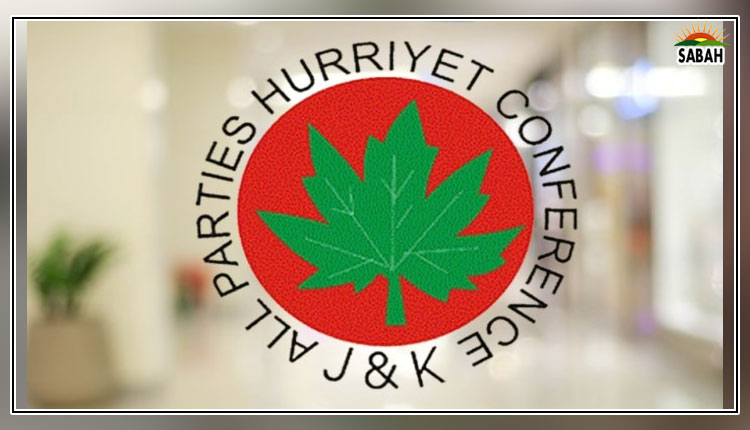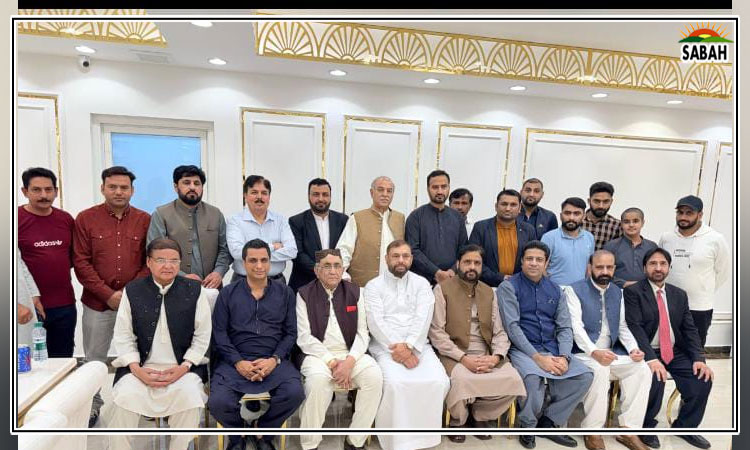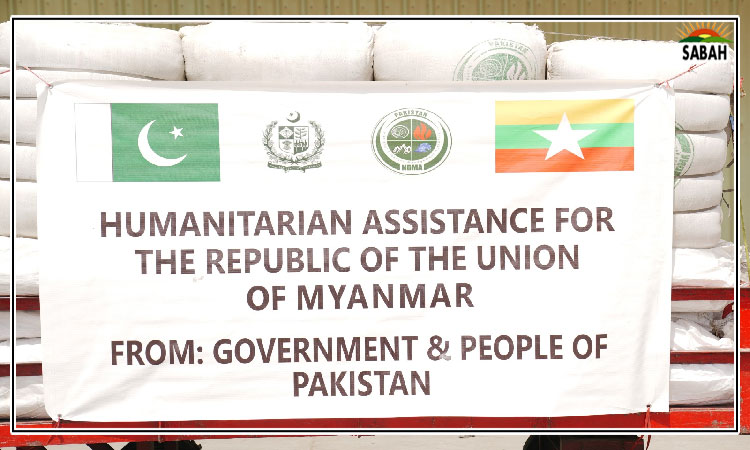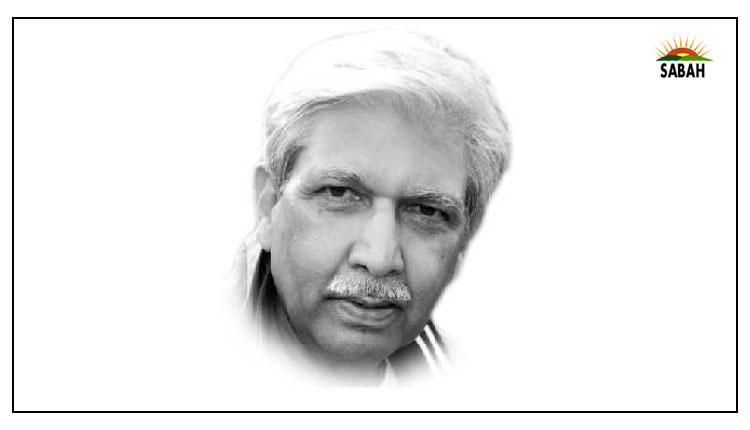Baloch restiveness ۔۔۔. Shahzad Chaudhry
Baloch restiveness is as old as Pakistan. Initially the State of Kalat, which was an independent entity under the British took its time to accede to Pakistan and when that was done a year later the sentiment of reluctance persisted in one form or another. It helps to recall that the Khan of Kalat wrote to Nehru, after Pakistan had come into being and he was still toying with the thought of staying independent or acceding with one of the two – India or Pakistan – that he wished to accede to India. There being no practical way for it to occur – there was no contiguity of territory – Nehru asked him to think otherwise and instead listen to what Jinnah was saying.
Slowly the rebuff and some rational nudging convinced him there was little way out. The other, larger half of Balochistan headquartered in Quetta under the British was already a part of the newly independent Pakistan. Those who wish to find argument in the initial reluctance of the entire province of Balochistan in acceding to Pakistan need to discern between Kalat and the rest of Balochistan. The tradition of restiveness is therefore only half true in the process of inception. That it slowly found relevance and wider acceptance among a sparsely populated province resulted from abysmal and insensitive governance that became Balochistan’s unfortunate fate in the following decades.
There is no gainsaying that the One-Unit construct when the entire West Pakistan (today’s Pakistan) was being governed from Lahore under a Governor who was known for his autocratic mien rather than equitable attention to development was the ultimate culprit in instituting the feeling of inattention and being governed remotely. The history stands witness to how South Punjab, interior Sindh and most of Balochistan remained underdeveloped in a political system which had been forced on the people. When it got replaced with the four-Unit construct poor governance, especially in Balochistan, perpetuated under the inadequacies of a tribal culture so deeply entrenched in the Baloch society.
1972 onwards, and especially since the 1973 Constitution when Balochistan was restored to its full provincial status, it has been governed only by the Baloch themselves except when under two provisional legal frameworks of martial law Governor’s rule was instituted for a cumulative length of some eleven years – as for the rest of the country. For the remaining 41 years the Baloch have remained in control of their destiny. If the governance remained weak or reeked of failure it was the Baloch leadership which failed their mandate and responsibility and commitment to their people.
The NFC was enhanced under the 18th Amendment in 2010 where additional allocations of funds – by far the most per capita in comparison to Punjab, Sindh or KP – were added to Balochistan’s share. Aghaz-e-Haqooq-e-Balochistan gave them extra resources to accelerate development and bring succor to the people. Baloch elites – Tribal Sardars – though kept the gains restricted to only personal and familial benefit. The state looked the other way to keep a restive province quiet by ingratiating the tribal and ruling elites of the province. Despite lavish allocations the money never reached and realised its intended purpose – the uplift of a backward and poorly connected region.
Realising the apathy and its consequences federal programmes were begun – some under army’s institutional arrangement – to make up the yawning deficit. Charmang, Reko Diq, CPEC and Gwadar as a port city were begun to bring jobs to Balochistan and develop what till now despite the intervening 77 years had remained a desolate hinterland. The size of the province (one-third of Pakistan) and its population (just twelve million) make it a sparsely inhabited region with population spread to remote nooks. Most remain ungoverned. Tribal and political leadership has homes in Karachi, Quetta and Islamabad who rarely venture out to their people and constituencies other than in an election season. In the September 26 spate of terror none of the elected representatives ever made it to their respective regions. That is when dissidence becomes acute, and representation shifts to the ordinary and the middle class like in the case of Maulvi Hidayat Ur Rahman of Haq Do Tehreek in Gwadar.
Balochistan today boasts of the highest per capita opportunity of higher education than any other part of the country. A well-educated and aspirational middle-class conscious of its rights and how it has been denied those under a highly patronised tribal culture has thus emerged. Today’s restiveness in Balochistan is more a statement of disaffection with the traditionally tribal leadership which has failed to address emerging middle-class’ aspirations. The sentiment is gaining wider sensitivity across the country which is experiencing a huge youth bulge which is educated and well informed but finds very little opportunity to improve its lot. Far more so in Balochistan where state patronage has only multiplied the acuteness in the sentiment.
We are stuck with a governance construct which has failed to deliver over time, especially in Balochistan. The provinces are too large for efficient administration. The bureaucracy which runs the machine of governance is loath to travel too far away from the main cities while provincial leadership remains firmly ensconced in provincial headquarters rarely travelling out to the needy regions disfranchising the people of those regions and disconnecting them from the state. Education and awareness of their rights as citizens reinforces this sentiment of distancing the Society from the State. The more we stick to this plan of administration and governance the more we feed failure, the more disaffection with the State results.
For long I have voiced the need for provinces to be reformatted along separate administrative divisions into smaller units, each with its own governance, legal and administrative structure. But this is a huge constitutional shift which this unimaginative and dour political system is incapable to conceive or deliver. Parochial incidence is the common defensive recourse. This is also too huge an ask of a Parliament stuck in its own lows. Just short is the option to revive a very strong local government system where chosen representatives are from the region and from among the people to attend to their needs and provide a connect with the state and provincial machinery. It is sine qua non for a stable and firmer rooting of a stable state-society construct.
While all this and more is applicable to Balochistan, the most essential aspect is to permit the people their right to be represented by whoever they believe will work in their interest and truly represent them. Surely there are more Hidayat Ur Rahmans who are perceived as one of the people and not the tribal elites who always manage to dominate the hierarchy. This calls for a fair election process which will address the aspirational middle class and its ideals. The state will have to trust representatives away from those who pledge loyalty but not truly represent the people. As society changes the methods of governance and the hands that dispense such aspirational governance away from the traditional mold will need to change. Balochistan must find its own destiny through its organic leadership, not one that may be perceived as imposed.
Courtesy Express Tribune












